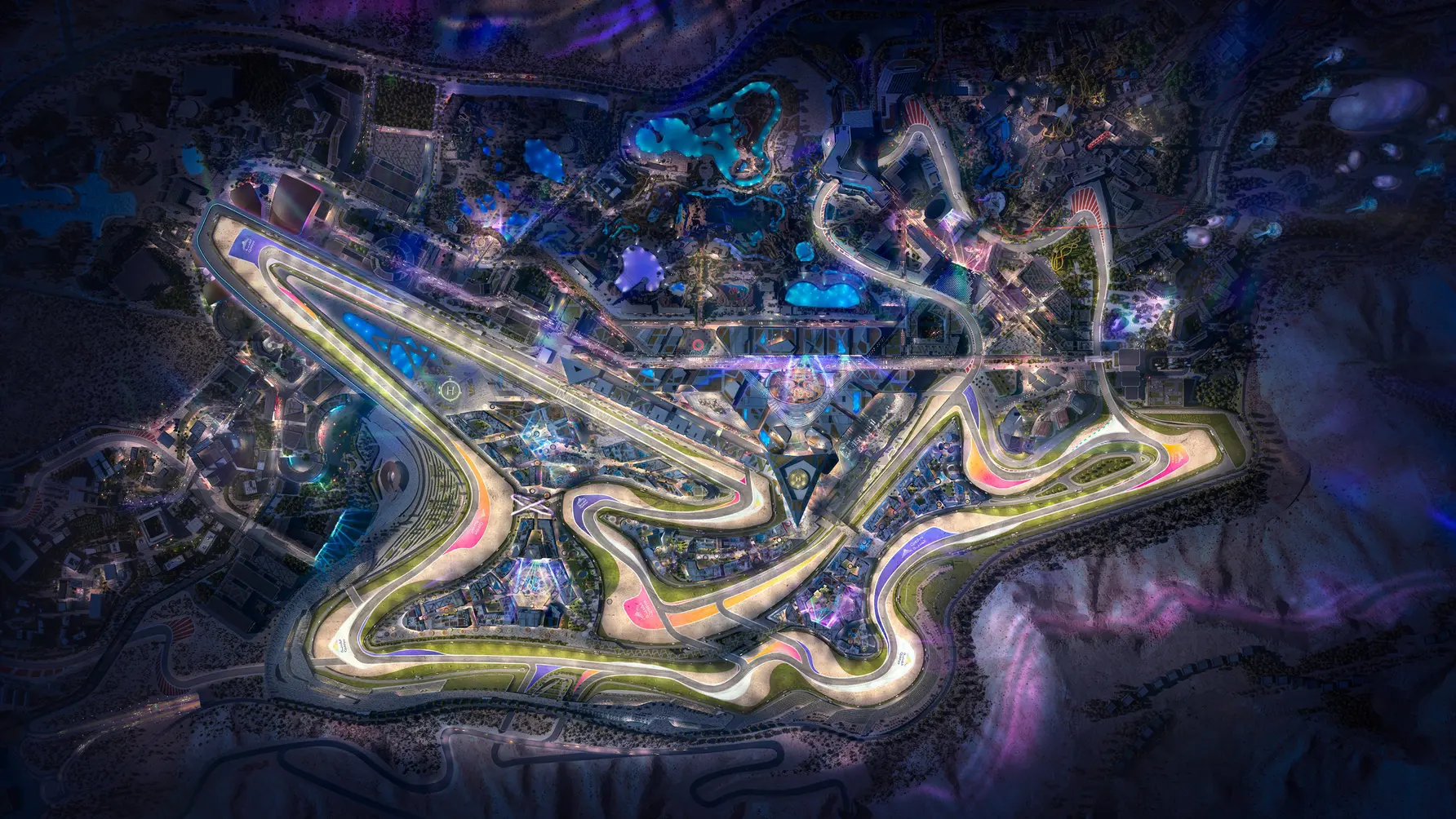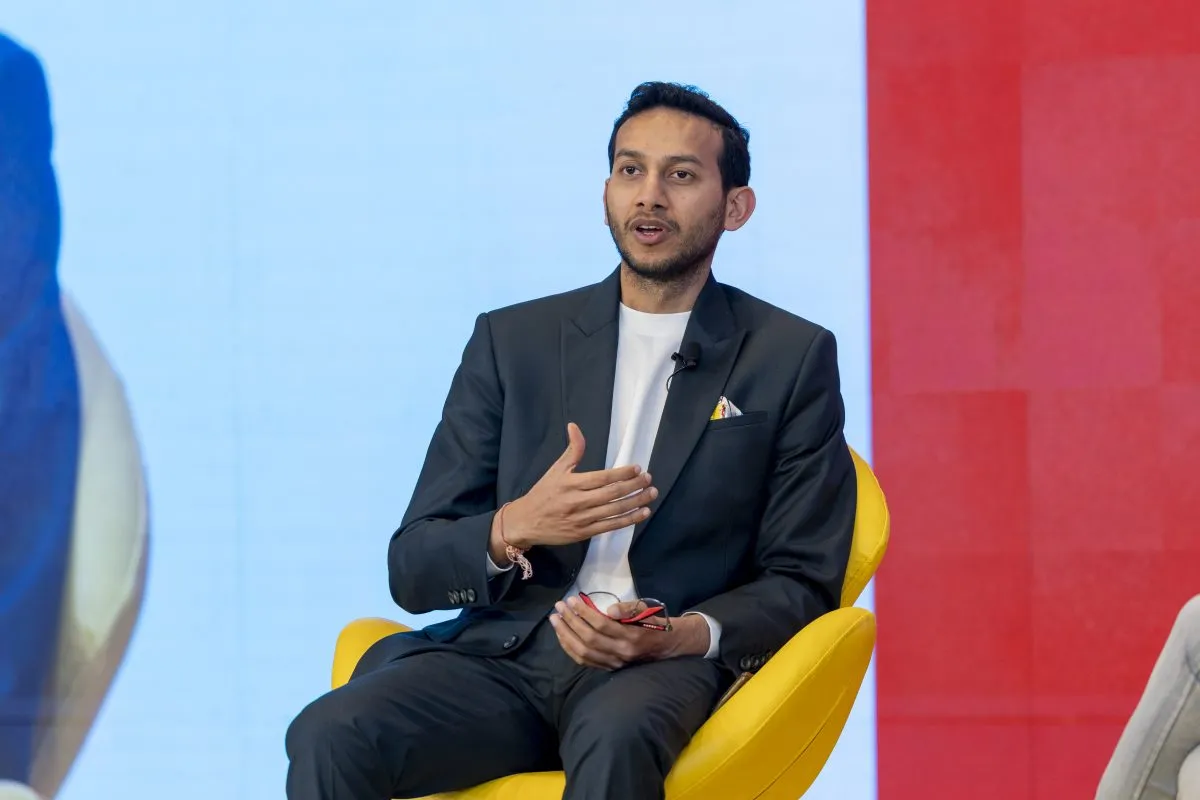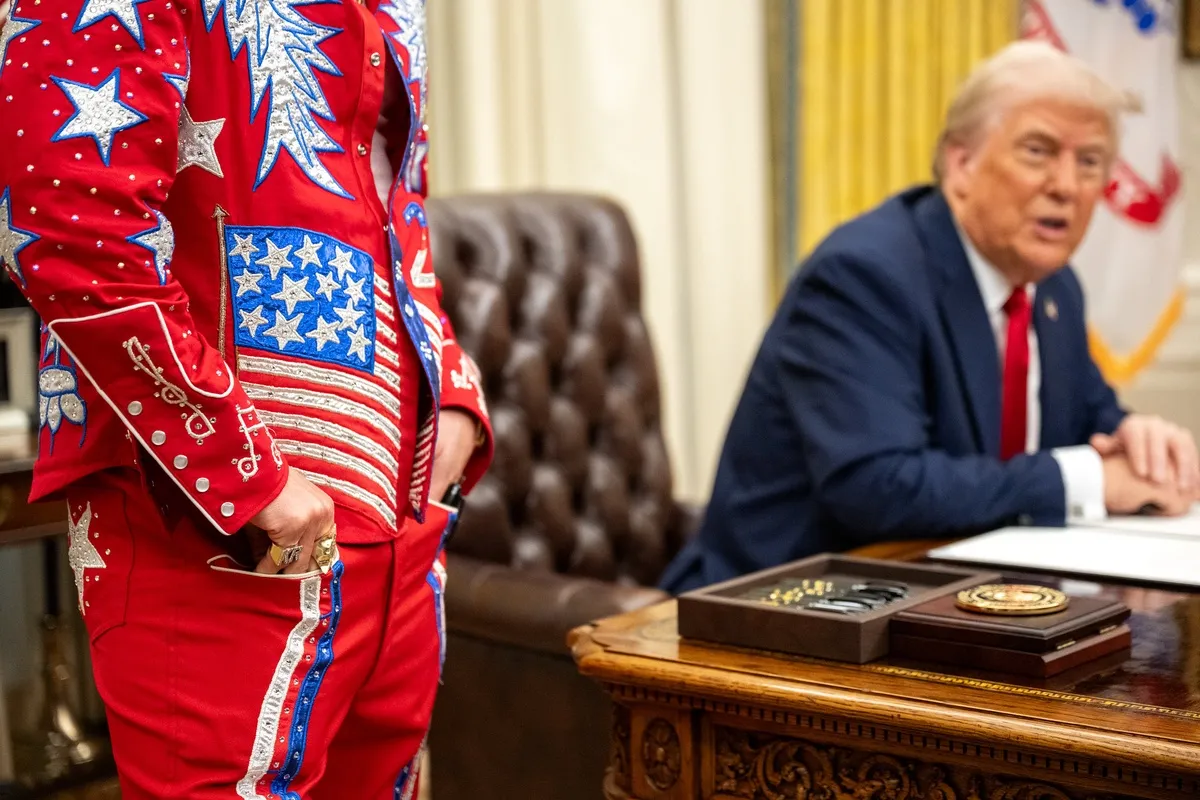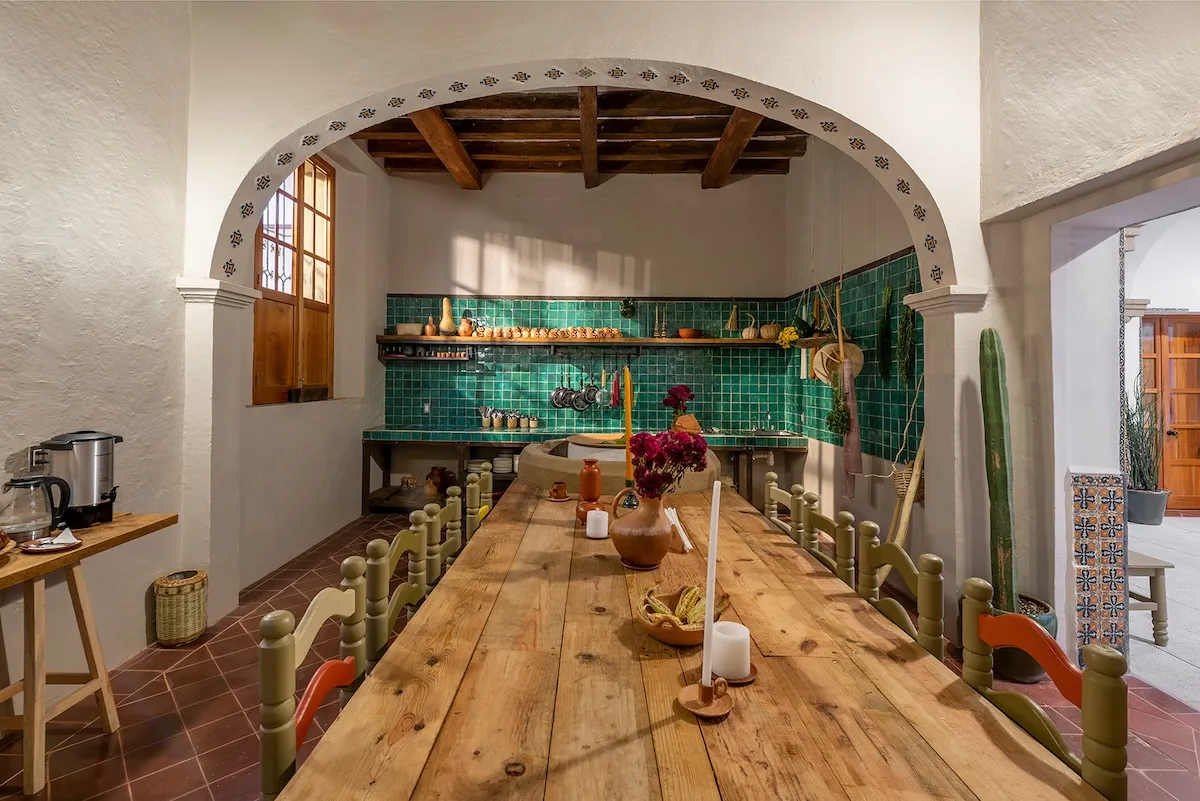Move Over Vegas, Saudi Unveils New Formula One Track

Skift Take
The Saudi government has released its plans for the "Qiddiya Speed Track," a Formula One-ready course being created at the Qiddiya development. The 21-turn track will go past the Six Flags amusement park and water park, similar to how the Las Vegas course wraps around the mighty Sphere.
The Saudis have employed former Austrian Formula One driver Alex Wurz and the German racetrack designer Hermann Tilke to draft the course plans.
A particularly ambitious segment of the track is called "The Blade" - a 20-story-high ramp that goes up and over a music arena.

In 2020, Formula One inked a decade-long deal with Saudi Arabia to stage a race in the nation starting from 2021. The agreement, valued at $55 million annually for the sport, came on the heels of a separate 10-year sponsorship pact with Saudi Arabia's state-run oil giant, Aramco, totaling more than $450 million.
There is already a city race in Jeddah, as well as electric racing in a project called Diriyah Gate just outside the capital city.
“The Speed Park Track will be a true embodiment of Qiddiya’s power of play philosophy and position Qiddiya City as the home of Saudi motorsport and one of the world’s leading motorsport venues," said Abdullah Aldawood, MD of Qiddiya Investment Company.
How Much Will it Cost?
No opening date or development cost was shared with the Qiddiya Speed Track announcement. The Jeddah track cost $500 million to build.
Construction news publication MEED reported that the Qiddiya Investment Company (QIC) awarded local construction firm Unimac an estimated $480 million contract to deliver the racetrack and associated infrastructure at Qiddiya’s Speed Park.
What Could This Mean for Travel and Tourism?
Formula One is big business for travel and tourism, especially the hospitality sector. The inaugural 2023 Formula One Las Vegas Grand Prix in November, for example, is estimated to have pumped more than a billion dollars into the gaming city.
Hotel average daily rate (ADR) - a key metric in the industry - on the Las Vegas Strip increased massively during the event.
According to statistics firm CoStar, the ADR during the event was $629 — a $360 (134%) increase compared to November 2022. Hotels achieved the highest ADR on the Saturday at $655; and, the highest rate jump compared to the previous year was on Thursday, increasing by 207%, or $390.
High-end hotels, constituting over 40% of the total hotel room inventory on the Las Vegas Strip, saw rates of $952 and $962 for Friday and Saturday nights, marking an increase of over $500 compared to the previous year.

The racing event has similar effects in Jeddah, where rates reached their highest ever during the 2021 race, just over $450.
What is Qiddiya?
Qiddiya is one of the flagship projects of the crown prince's "Saudi Vision 2030" - seeking to diversify the oil kingdom's economy. Specifically, it is seen as an entertainment city; it is located just outside of Riyadh.
When complete, the plan is for Qiddiya to create more than 325,000 jobs and add 135 billion Saudi Riyals ($36 billion) to the GDP each year it is up and running. It plans to have its own race track, a Six Flags theme park and FIFA World Cup-ready football stadiums, all spread over a space around twice the size of Washington D.C. (360 square kilometers).
Here are some of the facilities Qiddiya is promising:
- 43 sports facilities
- 12 theme parks
- 275 rides
- 15 hospitals
- 60,000 buildings
- 160,000 residences
- 600,000 residents
- A gaming and e-sports district
- The world’s largest Olympic museum
What is Vision 2030?
Vision 2030 is the title for Saudi Arabia's economic diversification plan. It was announced in 2016 and sets out the goals and targets for the country to achieve by the end of the decade.
Targets include:
- 150 million visitors into the country (70 million of which are from overseas)
- Have tourism contribute 10% of national GDP (Making it the second biggest sector behind oil)
- To raise the share of non-oil exports in non-oil GDP from 16% to 50%
- To lower unemployment to 7%
There are many other targets but they all fall in line with modernizing the country. Numerous companies and developments have been launched in the name of contributing to this "Vision," including national carrier Riyadh Air.
What is a Giga-project?
A giga-project is a term used by the Saudis to describe the most ambitious tourism projects being built in the country. Their budgets swell to the billions as is the case of the half-a-trillion-dollar Neom development, and they serve as beacons to draw in international visitors.
Qiddiya is one such giga-project. Others include The Red Sea, Diriyah and AlUla.





